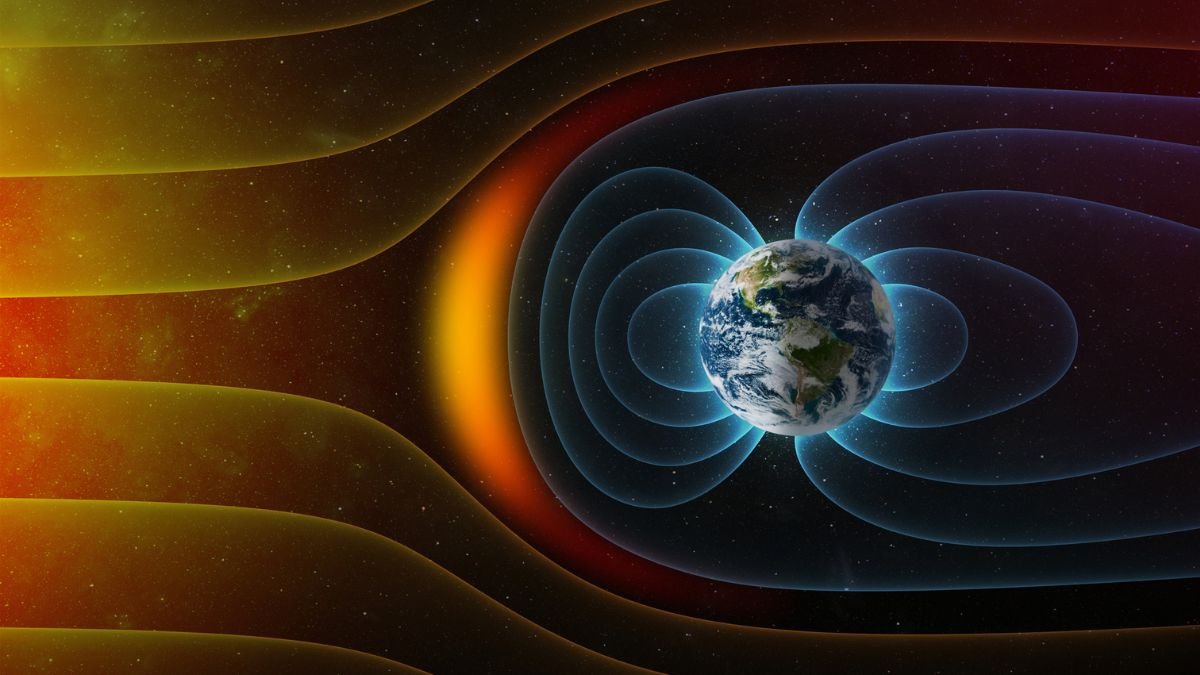According to a study published in the scientific journal Scientific Reports, The strength of solar storms can vary greatly over short distances, averaging up to 100 kilometers. In other words, scientists believe that some areas of planet Earth are considered more vulnerable and may be subject to major solar storms more frequently.
The paper was led by a team of researchers from the Sodankylä Geophysical Observatory (SGO) and the University of Oulu, Finland. They explain this Solar storm monitoring networks have sensors equipped with up to: 400 kilometers away from each other, However, research results show that the most intense events occur over much shorter distances.
According to Otto Kärhä, one of the researchers, more than 30 instruments were used to map the effects of a single solar storm from the Arctic Ocean to the Bothnian Sea. The storm in question occurred in December 1977 and was recorded by 32 stations of the Scandinavian Magnetometer Array (SMA).; While analyzing the data, they noticed large magnetic differences from station to station.
“When a solar storm occurs, a network of magnetometers that is too sparse can lead to underestimating local magnetic disturbances and underestimating preparedness for them,” SGO director Professor Eija Tanskanen said in an official statement.
solar storm sensors
Recordings made by sensors provide precise data. Solar storms change intensity several times per minute depending on the region, especially over short distances. In fact, they believe that the current instrument network does not have the power to observe the total structures of the magnetic field affected by solar storms.

For scientists, the results of the new paper could change the way science observes solar storms, paving the way for adding more sensors to the network that studies changes in the Earth’s magnetic field. With more sensors, researchers They will be able to better understand the structure of the magnetic field formed during solar storms and reveal the secrets of its ‘unpredictability’..
“The variability in experts’ impact estimates is due to the fact that the Earth’s geomagnetic environment is still not fully understood and that solar storms cause widely varying effects on aurora currents. It would be better if the existing Intermagnet network was located in the polar region, usually around 200-400 km apart, whereas it would be better to have intervals of 100 km “, adds Tanskanen.
Did you like the content? So, stay up to date with more news about the Sun at TecMundo, and also get the opportunity to understand points on the Sun that can affect the planet with solar storms and are 15 times larger than the Earth.
Source: Tec Mundo
I’m Blaine Morgan, an experienced journalist and writer with over 8 years of experience in the tech industry. My expertise lies in writing about technology news and trends, covering everything from cutting-edge gadgets to emerging software developments. I’ve written for several leading publications including Gadget Onus where I am an author.













